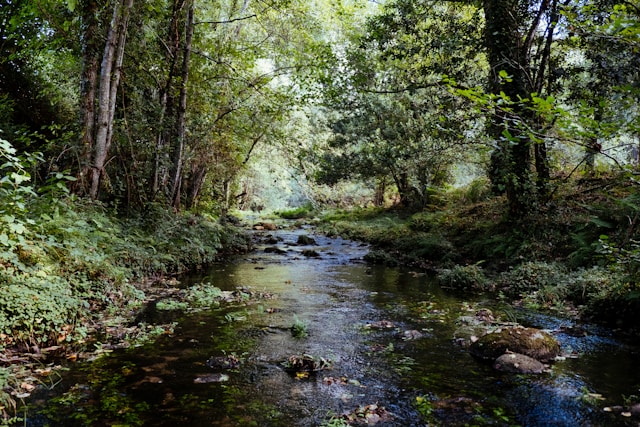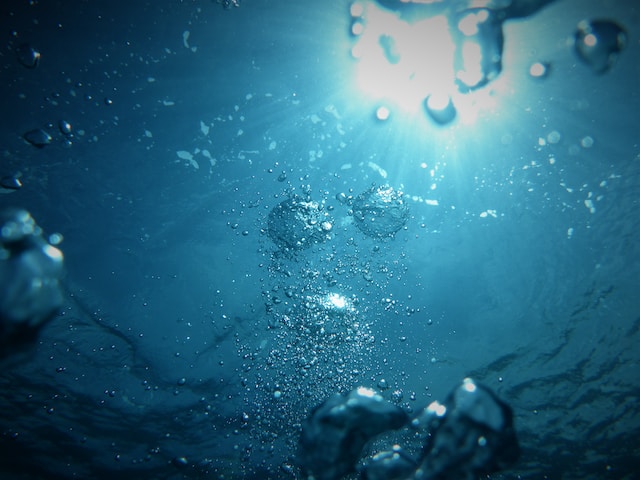Groundwater is an important source of fresh water in North America. They are stored in underground reservoirs such as karst aquifers, sand and gravel aquifers, and porous formations. Some of the largest underground water formations in North America include:
- The Ogallala Aquifer, located under 8 U.S. states, is one of the largest in the world and provides water to more than 20 percent of all agriculture in the United States.
- The Huron Aquifer is under the province of Ontario in Canada and provides water to many cities and regions.
- The Edmonton-Calgary Aquifer is under the province of Alberta and is one of the most important in Canada.
- The Florida Aquifer is one of the most significant in the United States, providing water to many cities.
- Charta Aquifer in Mexico and the southern U.S. and provides water to more than 60 million people.
Groundwater represents about 30 percent of the world’s freshwater supply. This makes them an important resource for pressing global issues related to global population growth, expanding agriculture, and increasing water use in a variety of industries, such as oil and gas extraction, mining, clothing and textile production, and livestock production. To safeguard groundwater from threats of over-extraction or pollution, and to ensure its sustainable management in the future, it is important to understand where groundwater comes from in particular places, what its quality is, and how quickly it is replenished. Scientists can conduct such studies by analyzing water “fingerprints” called isotopes, which are variations of atoms in a water molecule.
How do scientists use isotopes to study groundwater contamination?
Scientists use certain isotopes, such as nitrogen-15, oxygen-18 and sulfur-34, to detect contaminants, including nitrates and sulfates. In addition, these isotopes are used to determine the suitability of groundwater in a particular location for human use.
Scientists can determine that human waste or fertilizer is the source of contamination in water that contains excessive amounts of nitrates. Nitrate ions consist of nitrogen and oxygen, with nitrogen having two isotopes and oxygen three. The ratio of these isotopes in human waste and fertilizer is different, and this difference can be used to determine the source of the contamination. Identifying the source of water pollution is an important step toward improving water quality and sustainable water management.



